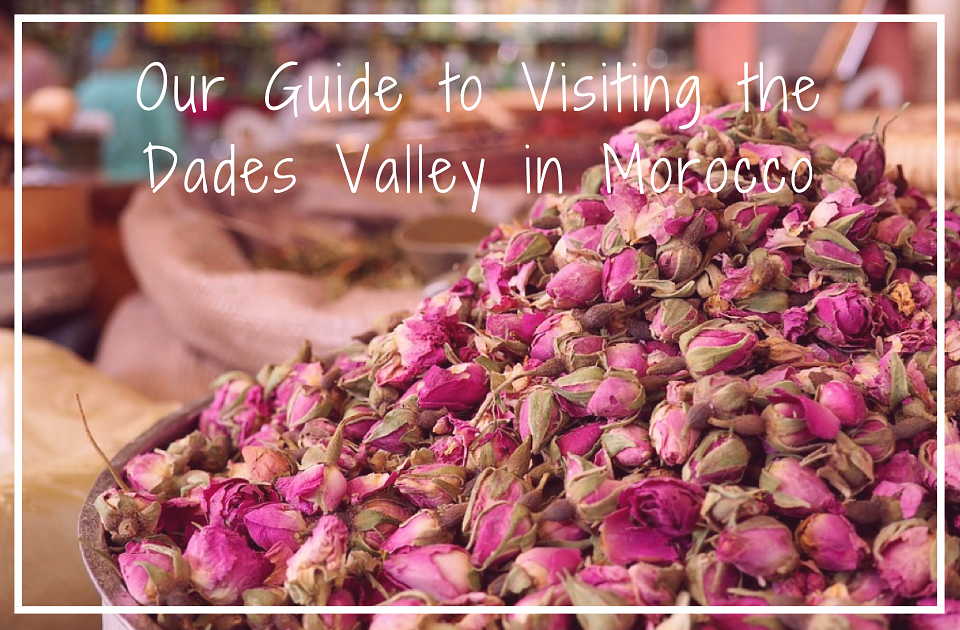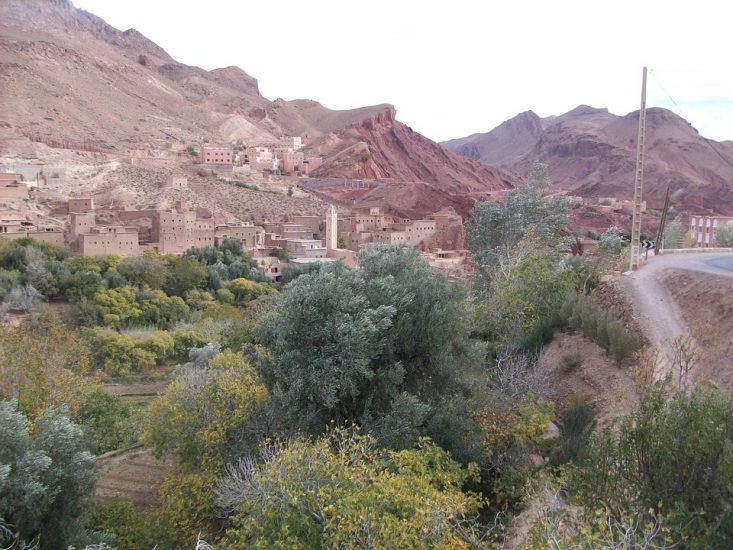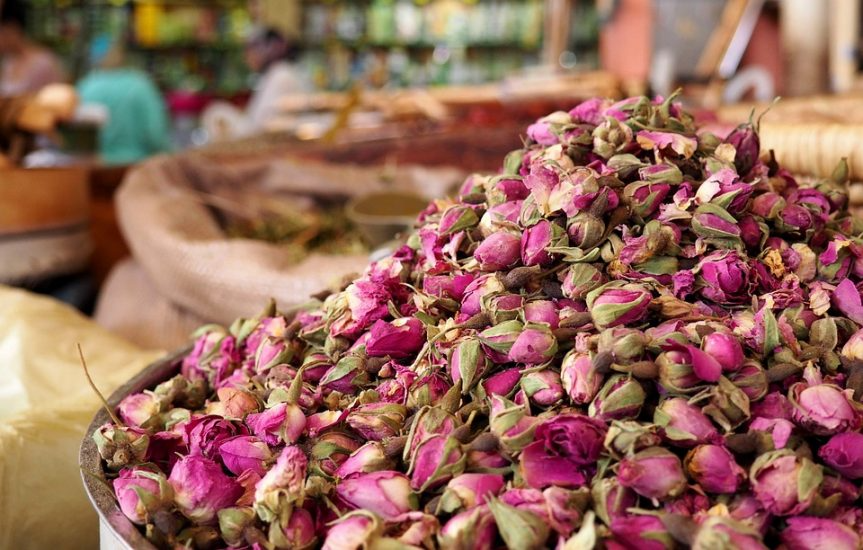Our Guide to Visiting the Dades Valley in Morocco

Posted on Sat 26 Jun 2021
Stretching from the Atlas Mountains on the northern border with Algeria to the Jebel Saghro in the heart of Morocco, the Dades Valley is a remarkable trip through this region’s history and culture. From peaceful oases besides the River to ancient Kasbahs, the Valley offers a vast range of experiences that are perfect for anyone wanting to truly experience Morocco!
Formed over millennia from the flowing river from which it gets its name, many of the Valley’s most exciting and authentic locations are hidden away from the tourist routes. In this article, we’ll look at some of the things you should know before visiting, along with some tips to help you to get a real taste of life in the region.
The Dades Valley Landscape
The Valley itself is a natural wonder with hundreds of years of history. It is believed that this wadi gorge was once at the bottom of the ocean millions of years ago. Tectonic movements eventually forced the region upwards, forming the Atlas and Jebel Saghro mountain ranges in the process. The walls of the Valley, at some points up to 1,600 feet tall, were formed from ocean sediments, which has made them relatively soft. This lack of resistance is why, over thousands of years, the Valley had continued to widen and deepen against the fluctuating strength of the Dades River.
Stretching through much of South-West Morocco, the landscape of the Dades Valley is a remarkable mix of dry, orange-coloured stone and lush green wildlands. Much of this variation can be found across the region, but there are a few highlights which we’ll come onto below!
Best Time of the Year to Visit Morocco
A common misconception when travelling to Africa is to believe it is a consistently hot and dry region. While the sun itself is quite consistent in Morocco, it is a location with four distinct seasons and regional variations. As an inland location, the Dades Valley is on the warmer and dryer end of the nation’s weather spectrum. While temperatures can reach around 35 degrees Celcius during the summer, Morocco’s dry climate means that it can be more bearable than places such as Southern Spain. That being said, you should always be safe when it comes to high temperatures.
The Dades River is relatively small compared to the Valley. However, if you want to see it at its strongest, then it’s best to visit during or after Morocco’s rainy season. Rainfall occurs from November and runs until March, which is when the River gets most of its strength. During the winter months, Morocco’s temperature stays relatively high during the day, but is very manageable. Meanwhile, the mountains of the region can become snowcapped over winter, while nights can be a lot cooler than many people expect, so be prepared if travelling at this time.

Food and Drink in Morocco
Morocco’s cuisine, like the Dades Valley, is both traditionally simple and incredibly varied. Created around local ingredients, Moroccan dishes tend to be easily made with basic ingredients hugely flavoured by a wonderful collection of spices. One of the most common dishes is couscous, which originated from the region. Lamb is an enormously popular meat, while flatbreads are a staple of life in the area. Morocco also has a beautiful collection of seafood along the Mediterranean coast, although such ingredients are less common in the Dades Valley.
Best Places to Visit in the Dades Valley
The Dades Valley has a nickname: Valley of a Thousand Kasbahs. Kasbahs are a form of ancient fortress complete with settlements, and examples can be found across the Valley. Some of these, like Kasbah Amridil at the southern end of the Dades Valley, are still functioning locations where people live and enjoy a historic style of life. Others have been abandoned over generations and can no longer be accessed, but even these make for fascinating sites along the Valley.
Another must-visit location is the Valley of the Roses, again in the Dades’ southern region. During April and May, this location explodes with incredible colour as thousands of wild roses blossom over trees and through stone walls. The often pink roses form a vital part of the local industry, where they are harvested and sold for use in perfumes, soaps, rosewater or kept for their incredible beauty.

Hopefully, this guide will help inspire you to discover this incredible part of the world on your next getaway! If you’re looking for a truly authentic Morocco holiday, check out our desert experience, including trips to the Dades Valley and more of this region’s incredible destinations. If you would like to know more about this destination, why not check out our travel tips for Morocco or get in contact with our experienced team?
Read more from our blog here
